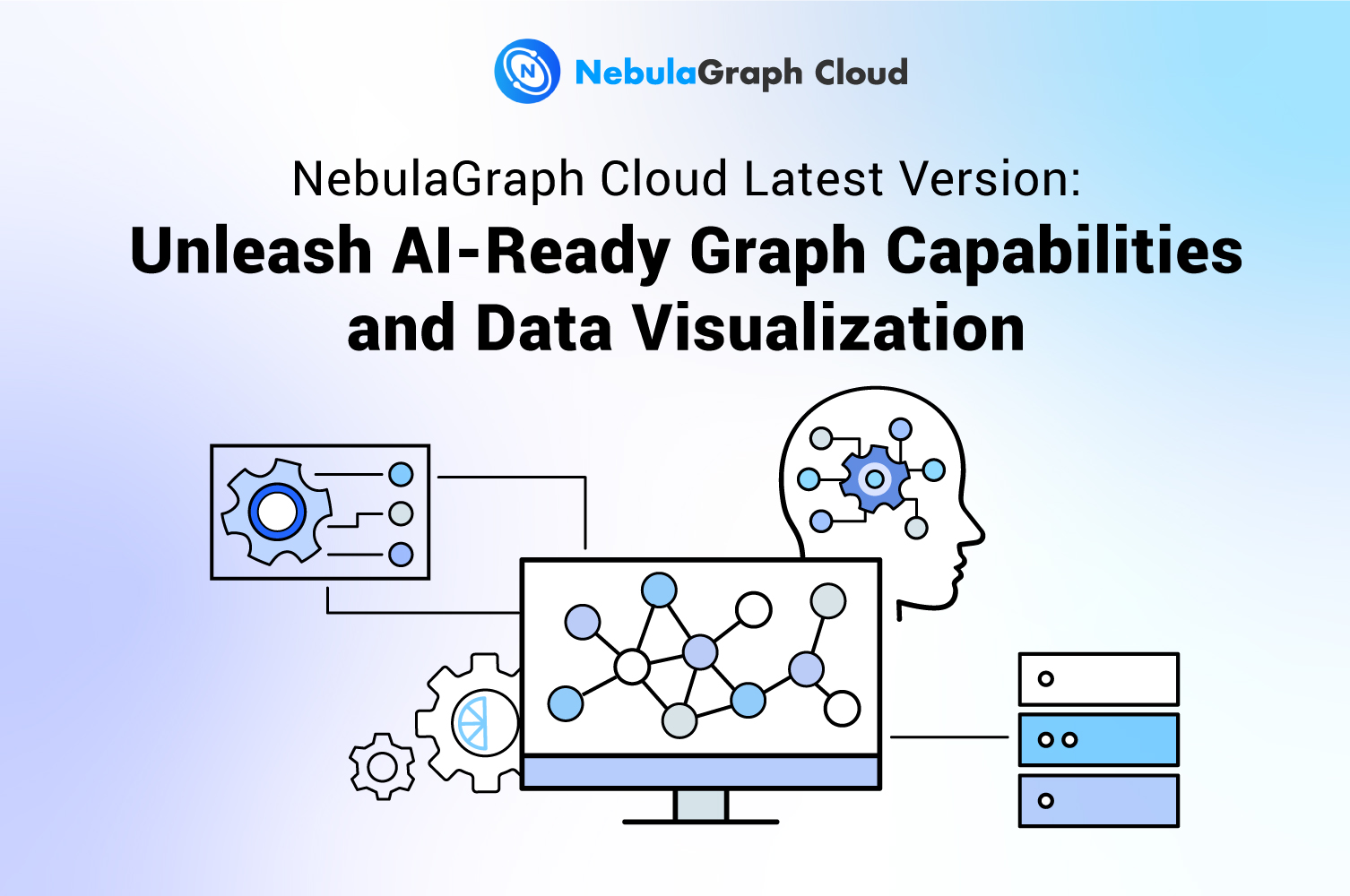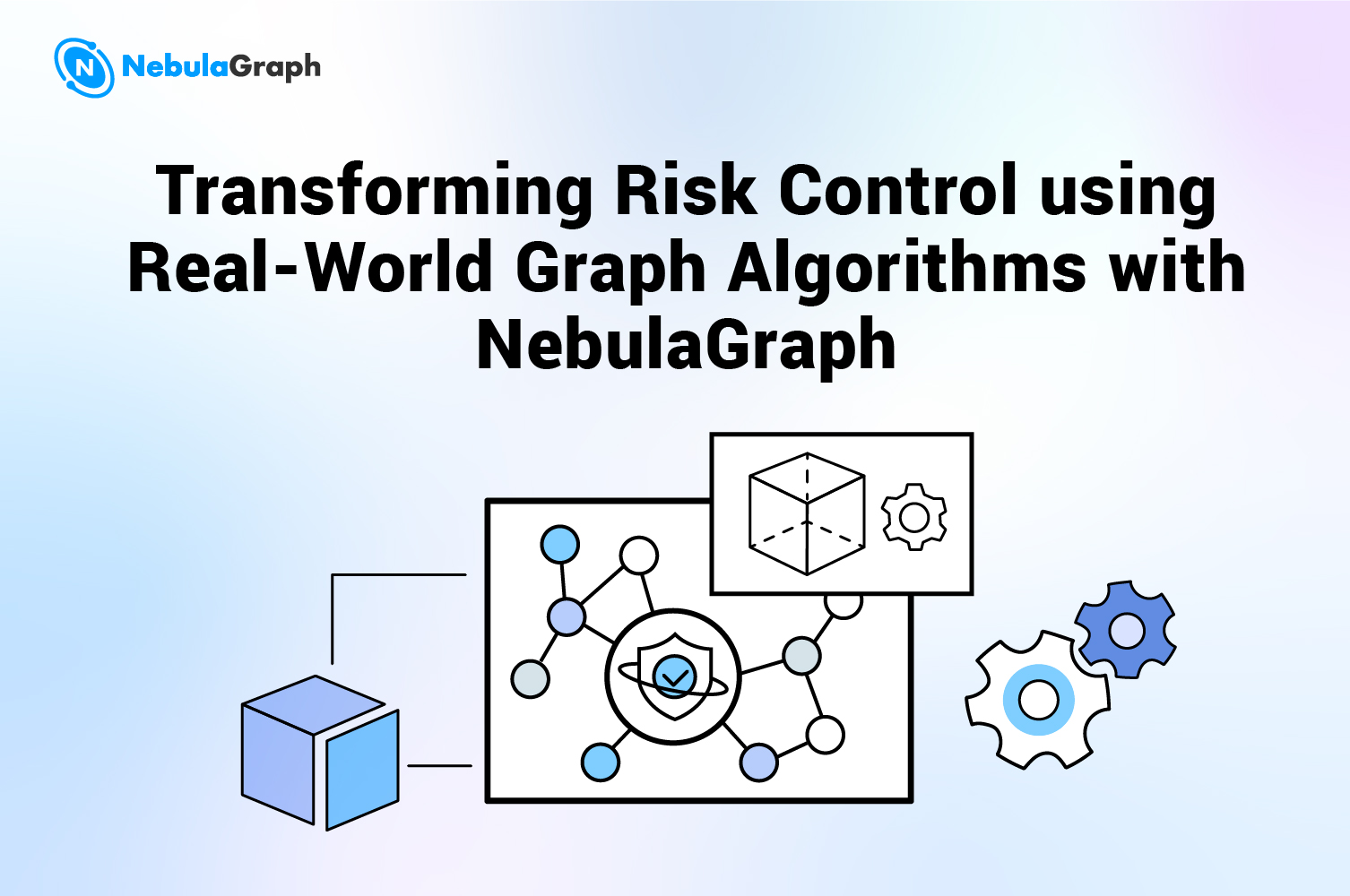Tech-talk
Database Selection: Critical Factors for Modern Applications
In the ever-evolving digital landscape, the choice of a database is not just a technical decision; it's a strategic one. The right database can be the cornerstone of a business's success, while the wrong choice can lead to inefficiencies, data loss, and even business failure. In this article, let’s explore the critical factors that should guide your decision when selecting a database for modern applications.
Part 1: The Database Product
Data Model
The first step in choosing a database is understanding the data model that aligns with your business needs. Whether you're dealing with structured, semi-structured, or unstructured data, the data model should reflect the nature of your data and how it will be used. Relational databases are suitable for structured data, document databases for flexible data models, and graph databases for scenarios that require analyzing complex relationships. Each type of database has its unique strengths and optimal use cases, and the choice should be made considering the specific requirements of the business.
Relational databases organize data into tables with relationships defined by primary and foreign keys. They are ideal for structured data that fits neatly into rows and columns, such as financial transactions, customer information, or inventory records. Graph database, like Neo4j or NebulaGraph, which uses nodes, edges, and properties to represent and store data. They are excellent for managing complex networks of connections, such as social networks, recommendation engines, or fraud detection systems. For instance, an e-commerce platform might store product information, user reviews, and purchase history in documents. The flexibility of document databases allows the platform to change the data structure, such as adding new fields for product ratings or social media links, without significant reworking of the database schema.
Scalability
As your business grows, so will your data. Scalability is crucial for future-proofing your database. As businesses grow, the data needs will inevitably expand, and choosing a database that can scale efficiently and cost-effectively is crucial for maintaining performance, reliability, and overall user satisfaction. Netflix's migration from Oracle to Cassandra is a well-documented case that highlights the importance of scalability when selecting a database for business. The shift allowed them to handle the exponential growth of their user base and data volume without compromising performance.
Handling Growth: Businesses need to anticipate growth in data volume and user load. A scalable database ensures that the system can handle increased demand without significant rearchitecting or downtime.
Performance: As the user base grows, the performance of the database can directly impact the user experience. A scalable database maintains performance levels by distributing load effectively.
Cost Management: Scalable solutions often provide more cost-effective ways to grow. Horizontal scaling with commodity hardware can be cheaper than vertical scaling with high-end servers.
Reliability and Availability: Scalable databases often come with built-in mechanisms for fault tolerance and high availability, which are crucial for maintaining service levels and user trust.
Performance
Database performance is integral to a business’s success across various dimensions, including customer experience, operational efficiency, real-time analytics, resource optimization, and customer support. Investing in high-performance databases and regularly optimizing them can yield significant benefits and provide a competitive edge in the market. A database that can't deliver quick query responses will slow down your applications and frustrate your users. For example, e-commerce websites like Amazon or eBay rely heavily on database performance. When customers search for products, add items to their cart, or complete a purchase, these actions interact with the database. If the database is slow, customers may experience delays, leading to frustration and potentially abandoning their shopping carts. Financial institutions like JPMorgan Chase or Goldman Sachs rely on real-time data analytics for trading, risk management, and customer transactions. An underperforming database can delay these analytics, leading to slower decision-making and potential financial losses. For instance, in high-frequency trading, even milliseconds of delay can translate into significant financial impacts.
Reliability
Reliability refers to the ability of a database system to perform its functions correctly and consistently over time, especially in the face of failures or unexpected conditions. It is about the database's durability and consistency. Consistency ensures that data is accurate and reliable across all nodes in a distributed system. Companies like Walmart use data analytics to track sales, manage inventory, and forecast demand. Reliable data is essential for these analytics to be accurate and actionable. Take the case of Uber, which switched from PostgreSQL to a custom MySQL setup to ensure data consistency across its global operations, despite the high write and read demands.
Investing in a reliable database system is not just a technical necessity but a strategic business decision. By ensuring that their databases are reliable, businesses can not only avoid potential pitfalls but also gain a competitive edge in their respective industries.
Security
The security of a database is paramount for any business, as it affects a wide range of operational, legal, and reputational aspects. Here are some key reasons why database security is crucial, along with real-life examples to illustrate each point:
- Protection of Sensitive Information Databases often contain sensitive information such as personal data, financial records, and proprietary business information. Securing this data is essential to prevent unauthorized access and misuse. Companies like Equifax store vast amounts of personal and financial data. In 2017, Equifax experienced a data breach that exposed sensitive information of 147 million people. The breach led to significant financial losses and reputation damage.
- Compliance with Regulations Various industries are subject to stringent regulations regarding data protection. Non-compliance can result in hefty fines and legal repercussions. Hospitals and clinics must comply with HIPAA regulations in the United States. A breach of patient data can lead to substantial fines and legal action. For example, Anthem Inc. faced a $16 million settlement in 2018 after a data breach exposed the personal information of nearly 79 million people.
- Preventing Financial Loss Data breaches can lead to direct financial losses from theft, fraud, and the costs associated with addressing the breach. Additionally, businesses may face indirect losses from reputation damage.
- Ensuring Business Continuity A security breach can disrupt business operations, leading to downtime, loss of productivity, and operational inefficiencies.
Part 2: Cost, Community and Support
Cost
When selecting a database solution, cost is often a primary concern for businesses. The choice between open-source and commercial editions can significantly impact the overall expense. Open-source databases, such as MySQL or PostgreSQL, are generally free to use, which can be appealing for startups and small businesses with limited budgets. However, the hidden costs associated with open-source solutions often lie in the need for skilled personnel. Companies may need to hire expensive experts to handle installation, customization, and ongoing maintenance, which can add up over time. On the other hand, commercial database solutions like Oracle or Microsoft SQL Server come with licensing fees that can be substantial. However, these costs are often offset by the comprehensive support and maintenance provided by the vendor, reducing the need for in-house expertise and allowing businesses to focus on their core operations.
Community and Support
The availability of community and support can make or break a database solution for many businesses. Open-source databases benefit from vibrant communities of developers and users who contribute to forums, documentation, and code repositories. This can be an invaluable resource for troubleshooting and best practices. However, relying solely on community support can be unpredictable and time-consuming, especially for mission-critical applications. Commercial databases, on the other hand, come with dedicated support teams from the vendor, offering guaranteed response times and expert assistance. This level of support can be crucial for businesses that require high availability and cannot afford downtime. Additionally, commercial vendors often provide training and certification programs, ensuring that your team has the skills needed to effectively manage the database.
Part 3: Pitfalls to Avoid
When selecting a database for modern applications, companies often encounter several pitfalls that can lead to inefficiencies, higher costs, and even data loss. Here are some common pitfalls and strategies to avoid them:
Ignoring Business Needs: Choosing a database without aligning it with the specific needs of the business is a common mistake. For instance, not considering the nature of the data, the expected data volume, or the required query performance can lead to a system that doesn't meet the application's requirements.
Underestimating Scalability: As businesses grow, so does their data. Failing to select a database that can scale horizontally or vertically to accommodate this growth can lead to performance bottlenecks and increased costs down the line.
Neglecting Performance Optimization: Performance issues can arise if a database is not properly optimized. This includes not only the database configuration but also the queries, indexing strategies, and hardware resources.
Overlooking Data Quality: Poor data quality can lead to inaccurate insights and decision-making. Companies must implement data validation rules and regularly cleanse their data to maintain accuracy and consistency.
Insufficient Security Measures: Data breaches can be costly. It's crucial to choose a database that supports robust security features, including encryption, access controls, and regular security updates. Lack of Disaster Recovery Planning: Without a solid backup and recovery plan, companies risk losing data due to hardware failures, human errors, or natural disasters. Regular backups and a clear recovery strategy are essential.
Inadequate Resource Allocation: Databases require maintenance and management. Not allocating sufficient resources, including personnel and budget, can lead to poorly managed databases that don't perform as needed.
Rigid Data Models: Some databases have rigid data models that don't accommodate changing business requirements well. It's important to select a database that can adapt to evolving data structures and relationships.
To avoid these pitfalls, companies should conduct a thorough analysis of their data requirements, projected growth, and compliance needs. By taking a comprehensive approach to database selection, companies can choose a solution that will support their business needs both now and in the future.
Conclusion
Selecting a database is a complex decision that requires a deep understanding of your business needs and the capabilities of the database solutions available. By considering factors like data model, scalability, performance, consistency, reliability, security, cost, you can make an informed decision that will serve your business well into the future. Remember, the database is the backbone of your applications; choose wisely.


